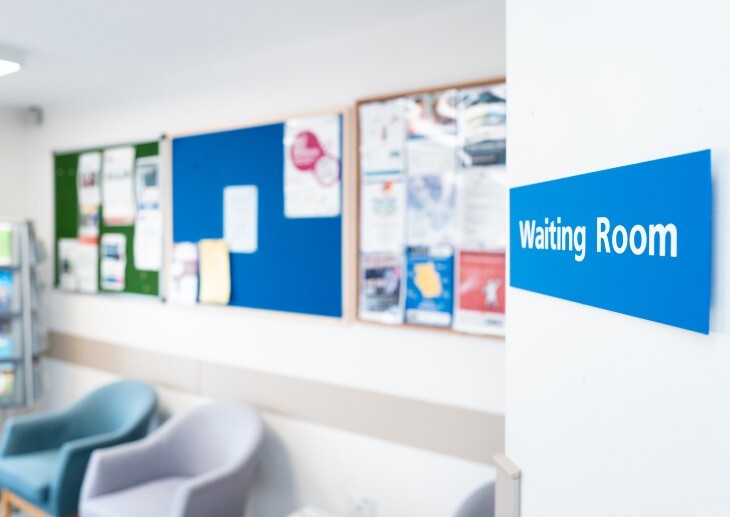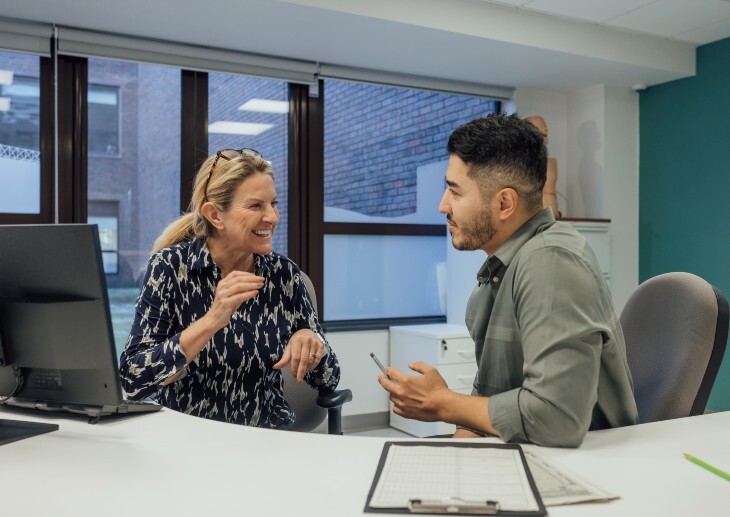Almost one in four high blood pressure sufferers may have been incorrectly diagnosed, research claims.
A study by led by Alejandro de la Sierra from the University of Barcelona, Spain, analysed 68,045 patients suffering with high blood pressure. Of those 8,295 that showed a resistance to hypertensive drugs, 37.5% were found to be ‘white coat resistant’.
Almost one in four high blood pressure sufferers may have been incorrectly diagnosed, research claims.
A study by led by Alejandro de la Sierra from the University of Barcelona, Spain, analysed 68,045 patients suffering with high blood pressure. Of those 8,295 that showed a resistance to hypertensive drugs, 37.5% were found to be ‘white coat resistant’.
White coat hypertension involves a person’s blood pressure being temporarily raised due to the stress involved in visiting a GP. The findings claim it to be a “bigger problem than initially thought”.
The findings also add weight to the National Institute of Clinical Excellence (NICE) recommendations for at-home blood pressure testing kits.
NICE guidelines recommend the measurement of blood pressure at home using an Ambulatory Blood Pressure Monitor over a 24-hour period. This aims to decrease incorrect diagnoses and mis-prescribing of blood pressure drugs.
The cost of implementing the ambulatory equipment is reported to be around £2.5m and will take approximately a year to recoup. However, Professor Bryan Williams, chairman of NICE’s Guideline Development Group, told the BBC all introductory costs would be “upfront”.
“When you offset that against the reduced treatment costs of people who don’t require treatment, and the reduced number of visits to doctors, we estimate that the NHS within about four or five years will save £10m,” said Williams.
“It’s a win-win situation for patients because it’s a better way of making a diagnosis and the NHS actually saves money.”





